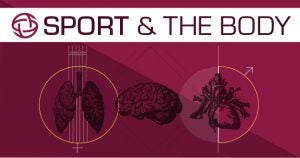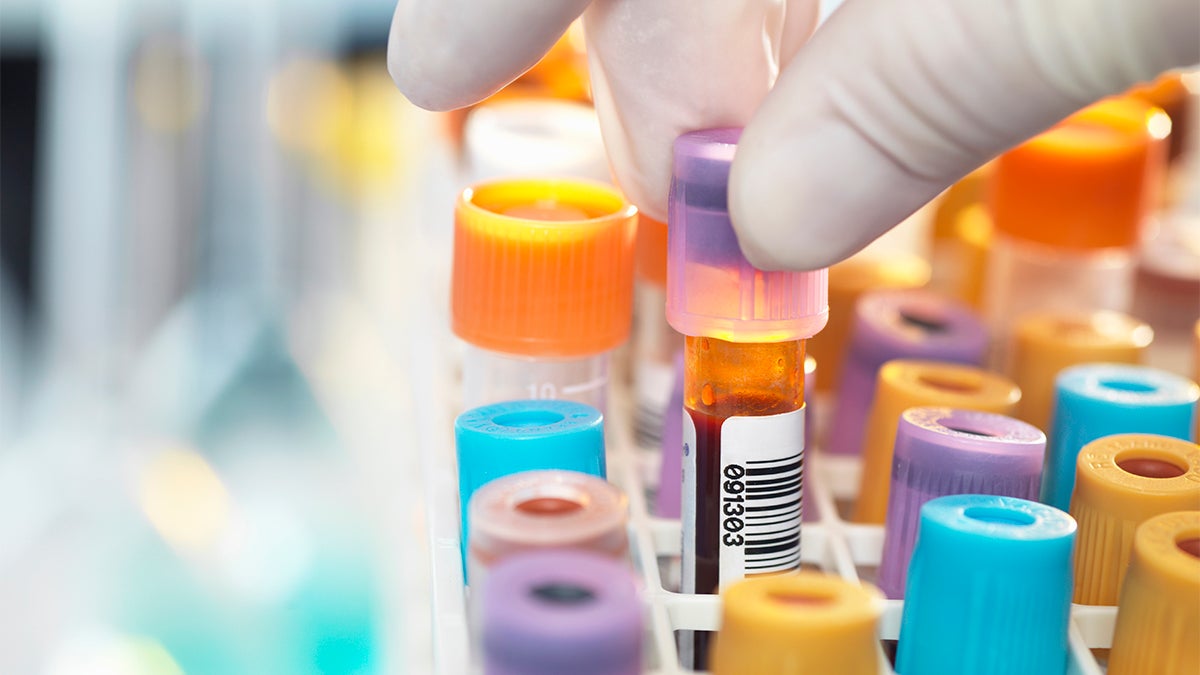From altitude to float tanks, scientific training adaptations can accelerate advantages

If evolution was left on its own to foster athletic advantages and adaptations, there is no doubt that we would make progress. Some, in fact, would even argue that the efforts to break two hours in the marathon would happen at some point simply due to biological advances alone.

But athletes are impatient, and not content to wait for years of evolutionary change to take shape. Instead, we supplement with science.
While governing bodies may determine which advances are "legal" and which are not, science can indeed accelerate the rate of progression of sport-specific advantages, the harder part may be in discerning which ones work and have adequate scientific merit behind them, and which ones are more accurately a lot of hype with no return.
One that has received a lot of attention is beet juice, which offers an advantage through its naturally occurring content of nitrate, a chemical which is converted to nitric oxide in the body. Nitric oxide is responsible for a number of actions related to cardiorespiratory function, namely vasodilation. A higher content of nitrate in the body allows for improved vasodilation of the blood vessels. This offers enhanced oxygen uptake and circulation throughout the blood and more efficient delivery to the muscles for performance.
This chemical action has been corroborated in the field, with some studies showing that beet juice-absorbing athletes get an endurance boost. These studies have been conducted on swimmers, cyclists and runners, and while researchers can’t necessarily settle on the degree of benefit it has, or if it benefits all athletes in all conditions, increasing evidence does show that it offers an advantage to endurance athletes.
Altitude training is another area of adaptive advantage that science has helped propel forward. Training above sea level is nothing new. Elite athletes have been using altitude exposure for decades, undertaking training blocks in locations over 1400m or living for longer times at these altitude levels. The premise is simple: decreased oxygen levels lead to an increased erythropoietin response, and facilitate an increased hemoglobin mass. At altitude, the body adapts to being able to function with less oxygen and upon return to sea level is more efficient in oxygen metabolism. And while this in and of itself is an advantageous adaptation, exposure to altitude may no longer be enough because everyone is doing it.
In order for athletes to gain an enhanced, competitive edge, they need to do more. A recent study sought to evaluate how that could be achieved through periodization.
Iñigo Mujika was the lead author on the study, which showed strong evidence for the value of repeated exposure to altitude — both in the short and long term. Athletes who regularly visited altitude saw cumulative effects over years, with a form of “hypoxia memory:” The body became more efficient at adjusting through each year as it remembered the altitude demands.
The study highlighted the importance of planning altitude-training stints adequately interspersed with time at sea level. Done correctly, the research showed athletes could stand to gain more adaptive effects than simply increased hemoglobin mass and also benefit from improvements in muscle-buffering capacity and ventilation.
A critical component of gaining adaptive benefits, however, is being able to monitor adaptation levels. This includes in the lead-up to altitude, at-altitude, and post-altitude visits. The authors speak of the importance of choosing what to monitor — internal values, such as blood lactose or iron levels, or external values, such as rate of perceived exertion or work completed. This monitoring is important to gain the desired results, but also to prevent undesired results. Poor adaptation to altitude training or overtraining can lead to illness or unwanted performance outcomes.

If we cut it back to the very foundation, however, part of science improving is that it has allowed for advancements in another domain: training methodologies. Today, coaches and athletes have a much better understanding of the training required to get optimized results, and they have access to a broader range of resources to facilitate that.
Greg McMillan, head coach and owner of McMillan Running, has spent more than 20 years in the coaching field, and has seen significant changes over the past few decades. Training plans have become increasingly individualized and fit the unique traits of each runner, as opposed to forcing the runner to fit into a blueprint plan. More than that though, our better understanding of how training affects the body and its response, McMillan explains, means “more emphasis is being placed on preparing the runner to handle the training.” This includes both prehab and recovery.
McMillan also speaks heavily to the importance of the mental aspect of training, and preparing athletes accordingly. “The race is run within the mind,” McMillan says. When it comes to performance — whether running, swimming or any other physical endeavor — the physical training is important, but mostly we need to “train the mind to keep pushing while suffering.” Awareness and understanding from coaches of this essential aspect of training is paramount in helping athletes to succeed. And arguably, the athletes who have the advantage are the ones who can win the mind game, more so than those who are the most physically fit.
Being able to sustain this physical fitness is the top priority for elites who rely on their physical abilities for their livelihood. So much so, in fact, that when this is compromised and these training methodologies can no longer be followed, athletes may rely on surgery to restore their original elite-status abilities. Often this surgery is required to fix injuries or issues, but for some athletes, it can confer an advantage, whereby if nothing else, they can continue in the sport longer and outcompete longer into their career.
While there are many scientifically developed methods of offering advantages through adaptation, not all of them are sound and advisable. One of these, for example, is the use of performance-enhancing drugs (PEDs). These have gotten an increasing amount of coverage over the last few months as drug tests reveal back-dated doping violations and questionable performances leading many to be skeptical about the validity of athletes’ achievements. PEDs include a range of substances, such as steroids, hormones, erythropoietin and stimulants, and most are affiliated with illegal use in sport. As such, while they may offer an advantage, it is one that comes at a cost and PEDs are not an advisable means of achieving adaptation that can garner a sport-specific advantage.
So what does this mean? Should we be using the (legal, non-banned) options to improve ourselves in our sport? Do they have that much to offer the body so that better results can be achieved?
Ryan Hall, U.S. half-marathon world record-holder and retired elite marathoner, now coaches athletes in his Run Free program. In this program, he calls it the 1%. As it relates to distance running, running makes up 99% of the work, and then there is everything else: stretching, foam rolling, ice baths, massage, post-workout recovery drinks, supplements and the latest buzzing recovery technique that pops up (think float tank or infrared sauna). He’s a big fan of “doing what works for you” and if it feels good, it’s OK. But, as he cautions, it’s termed 1% for a reason: It doesn’t make up for lack of hard work or become a substitute for continuing to show up and doing the work to get better.
Laura Peill, a Canadian living in Australia, is an avid long-distance runner, nutritionist and Pilates instructor, who spends her time teaching and writing about movement. She uses these modalities to help individuals shift their mindset around health, and overcome hurdles holding them back from their own success.
Editor’s note: For the coming 2019-2020 academic year, the Global Sport Institute’s research theme will be “Sport and the body.” The Institute will conduct and fund research and host events that will explore a myriad of topics related to the body.
Related Articles
As humans evolved, some adaptations allowed for greater athletic success
Fall of Berlin Wall brought curtain down on GDR’s doping program
Health consequences of PEDs continue to plague ex-East German athletes
Podcast: What constitutes a performance-enhancing drug or treatment?
30+ years later, MLB dealing with aftereffects of 'Bash Brothers' steroid abuse
Judging apples to apples: Should steroid users be admitted to the Hall of Fame?
Epstein: Testing positive for PEDs not a career-ender for minor-league baseball players

